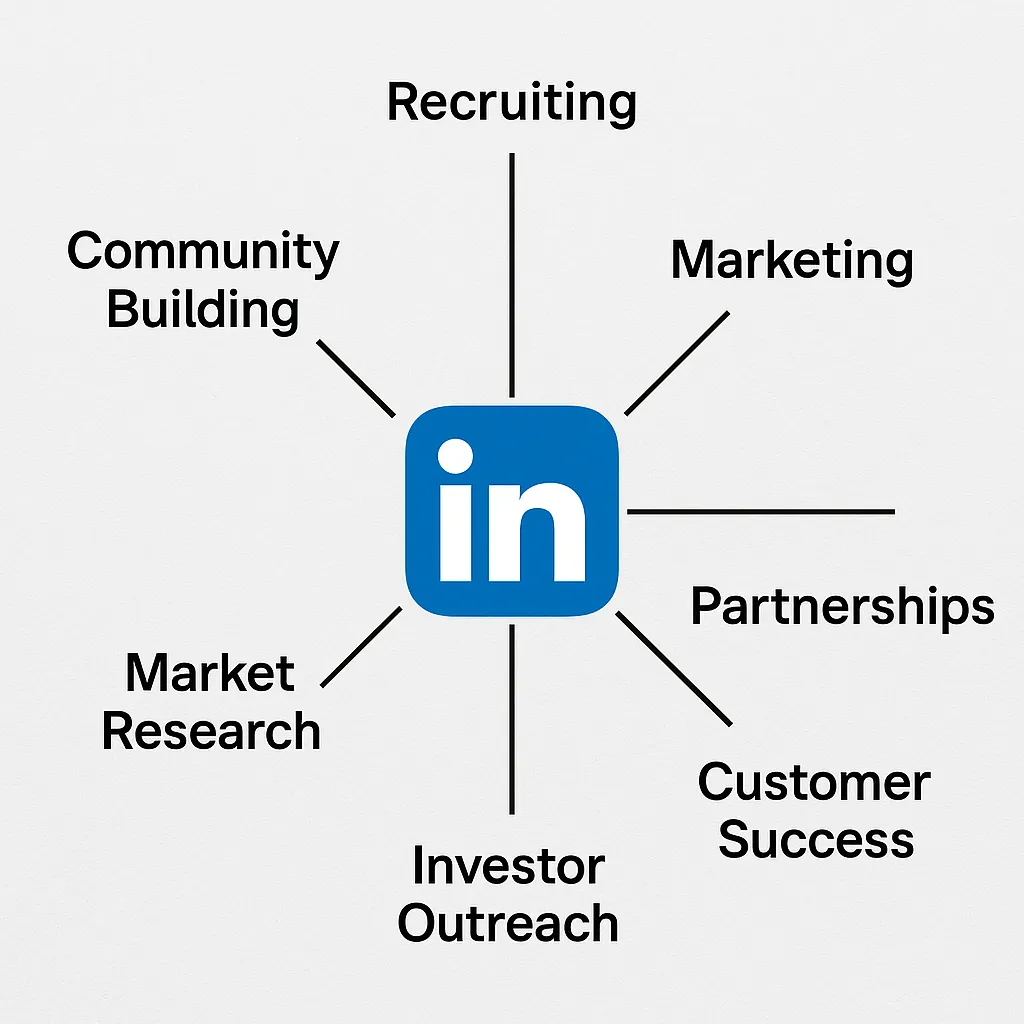

When most people hear the phrase LinkedIn automation software, they think of sales reps firing off connection requests and follow-up messages at scale. And while that’s definitely one of the most common use cases, it’s just the tip of the iceberg.
Today’s advanced platforms don’t just help sales teams - they’re being adopted by recruiters, marketers, founders, and even customer success teams who want to save time, scale their efforts, and connect more strategically. In this post, we’ll break down some of the creative, non-sales ways professionals are using LinkedIn automation software in 2025.
Recruiters are under constant pressure: finding the right candidate faster, reaching out before competitors do, and sourcing talent that isn’t actively applying for jobs.
LinkedIn automation software makes this process more efficient by:
For example, a recruiter might create a campaign targeting software engineers with specific skills, sending connection requests and drip messages that position the company as an attractive employer. This eliminates hours of manual outreach while still keeping conversations warm and relevant.
Marketers are realizing LinkedIn isn’t just for sales and recruiting - it’s a powerful channel for brand visibility. Instead of cold pitching, marketing teams use LinkedIn automation software to:
The goal isn’t always an immediate sale - sometimes it’s about growing brand recognition, driving event attendance, or getting the right people to engage with marketing assets.
Partnership teams often rely on warm introductions, but finding and reaching the right partners can take weeks of manual work.
With LinkedIn automation software, partnership managers can:
For example, a SaaS startup might use automation to connect with agencies who could resell their product. Instead of sending hundreds of manual invites, automation helps them quickly build a partnership pipeline.
Founders and startup teams often underestimate how powerful LinkedIn is for fundraising. Instead of relying only on warm intros, they can:
The key is relevance. Instead of blasting generic pitches, founders can create segmented campaigns that highlight traction, market fit, and funding needs. This increases the odds of meaningful investor conversations without requiring weeks of manual networking.
Customer success isn’t usually associated with LinkedIn, but some forward-thinking teams are using automation to:
For example, a CSM could create a campaign to connect with decision-makers across all client accounts, ensuring they stay visible and top-of-mind. This builds stronger relationships and helps reduce churn.
One of the most underrated uses of LinkedIn automation software is building professional communities. Whether it’s industry groups, alumni networks, or niche mastermind communities, automation helps by:
Instead of spending hours inviting people manually, automation ensures communities grow faster while keeping messaging consistent.
Another overlooked use case: data collection. Market research teams can:
This type of campaign isn’t about selling - it’s about listening. And LinkedIn, as the largest professional network, is one of the best places to gather those insights.
While the creative applications are powerful, it’s important to use automation responsibly. Poorly executed campaigns risk looking spammy, damaging reputation, or triggering LinkedIn restrictions.
Here are some best practices to keep in mind:
The future goes beyond simple messaging sequences. Leading platforms are already rolling out features like:
As these capabilities grow, more teams outside of sales will discover how automation can enhance their workflows.
LinkedIn automation software isn’t just for sales anymore. Recruiters, marketers, founders, partnership managers, and customer success teams are all finding creative ways to leverage it for growth, retention, and brand building.
Whether you’re sourcing talent, driving event registrations, or nurturing investor relationships, automation helps eliminate the manual busywork so you can focus on what matters most - building real connections.